astronomy
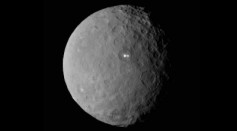
NASA’s Dawn Spacecraft Emerges into the Light
SpaceX Poised to Try Daring Rocket Landing Again
Organic Molecules Discovered in Young Star System
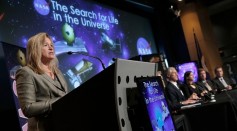
NASA's Chief Scientist Predicts We Will Find Signs of Alien Life Within 10 Years
Can Life Form in Another Solar System? Scientists Find Building Blocks for Life Around Million-Year-Old Star
With the Help of ALMA Astronomers Find Complex Organic Molecules in Infant Solar System
Lava Tubes Could Be Shelter for Expedition to Moon

Astronomers Witness Star Formation Over 18 Years
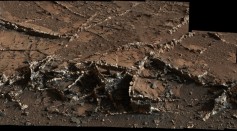
Curiosity Rover Curious About Ice Cream Sandwich Rock Formations
NASA Aims to Put Astronauts on Mars by 2039
Can Science and Culture Coexist on Mauna Kea? Dozen ‘Protector’ Protestors Arrested This Week for Obstruction
Ghosts of Quasars Past—Hubble Telescope Reveals Phantom of Eight Galaxies
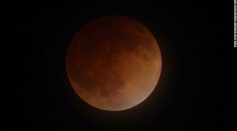
How to Catch a Glimpse of the Blood Moon This Easter Weekend
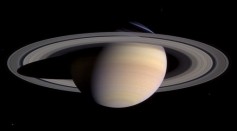
NASA's Exploration Vehicle of Choice for Saturn Moon–A Submarine
Most Popular

How Technology Is Changing the Real Estate Industry?

Nikolay Karpenko Biography, Photo, Career, Accomplishments

How a Plant-Based Diet Can Protect Against Breast Cancer: Insights from Nutrition Research

The Role of AI in the Next Generation of Logistics: Insights from Tobias Waldhecker





